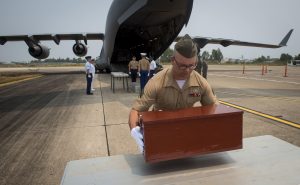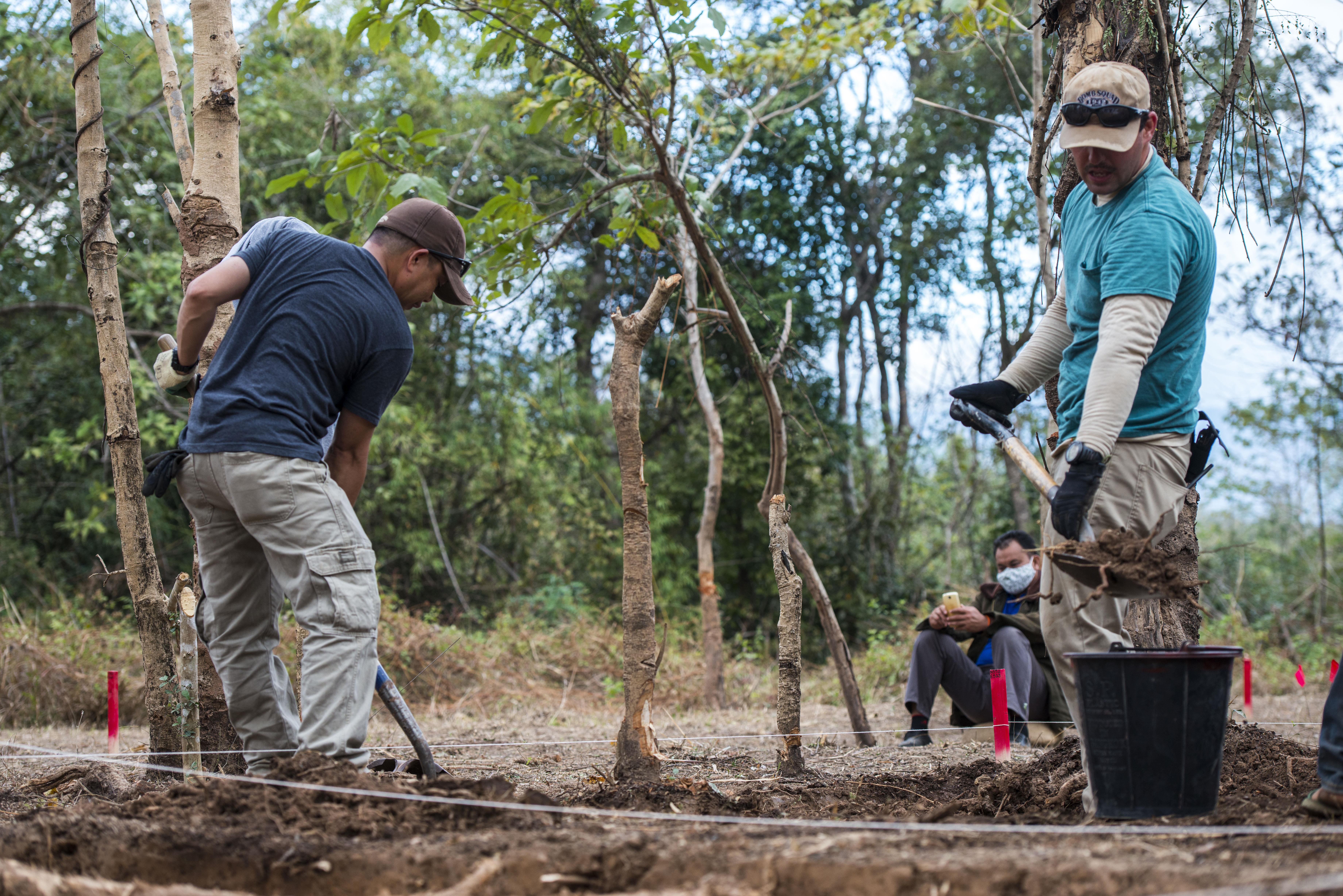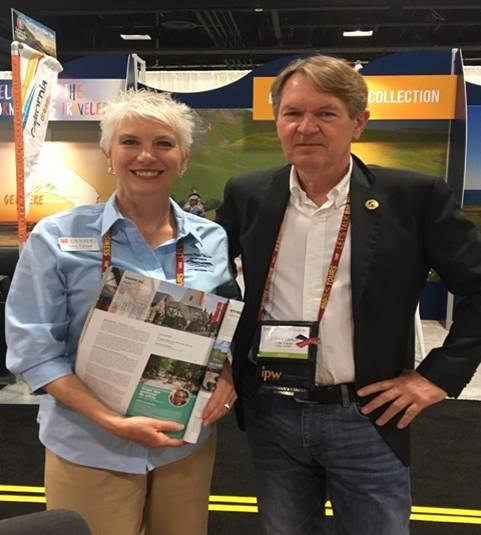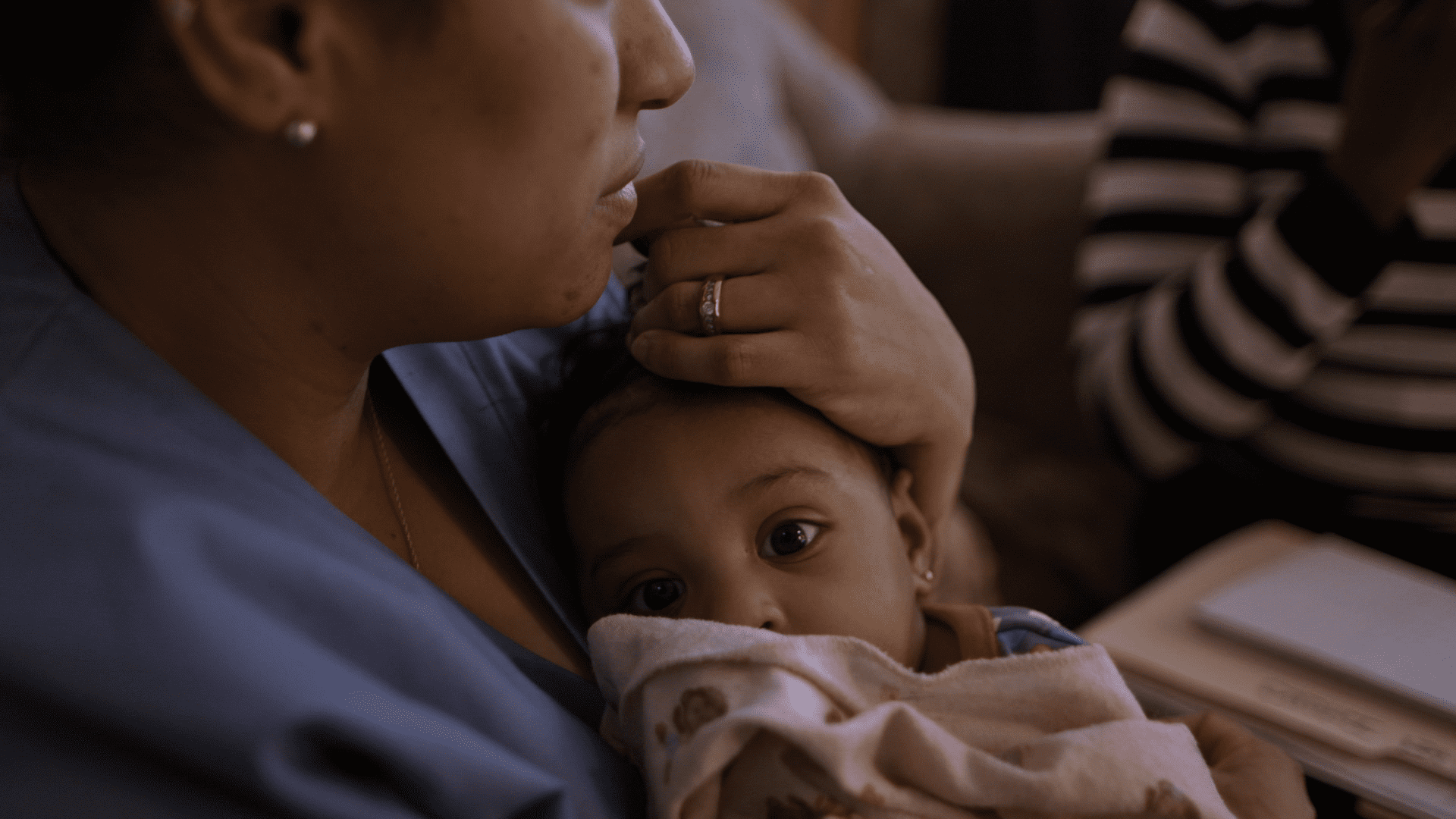By Raiza Giorgi
publisher@santaynezvalleystar.com
Spencer Angel was disheartened after digging for days without any sign of human remains in the hot, humid weather of Laos.
But every morning as the U.S. Navy Seabee prepared for work, there were the pictures of the missing soldiers from a plane crash in the Vietnam War.
“I kept thinking about what they must have gone through, and that was enough for me to keep going — and hopefully we would find anything that could give their families peace,” Angel said.

Photo by Cpl. John Tran
Human remains that have been recovered are returned to the United States and examined for possible identification.
The Santa Ynez Valley native graduated from Santa Ynez Valley Union High School in 2008 and then graduated from the University of Mississippi with a bachelor’s degree in history. After that, he enlisted as a heavy equipment operator in the Seabees, which is the construction force of the Navy. They support the military by building airfields and bases and help with humanitarian efforts such as installing water lines, building roads and bridges.
Angel has gone all around the world, serving in Thailand, Japan and Guam, among other places. He was recently home on leave and spoke at a local Bible study group about his experience with the Defense POW/MIA Accounting Agency (DPAA), and his efforts to help recover the remains of those missing.
When American personnel remain captive, missing, or otherwise unaccounted for at the conclusion of hostilities, the Department of Defense is responsible for determining their fate and, where possible, recovering them alive or recovering and identifying their remains.
Researchers examine the nation’s archives to find any last known unresolved cases and follow up on leads to talk to witnesses and survey areas that might contain evidence. Recovery teams are then deployed with forensic anthropologists and digging crews in hopes of recovering clues.
Angel’s mission in Laos was the recovery of any pieces of a plane crash involving three soldiers. Their bomber was shot down over Laos after a successful run.
“Particularly in Laos, the soil is so toxic to skeletal remains they are eaten away, so we are looking for fragments of clothing or other materials that might have bone residue or other DNA,” Angel said.
“I’ve visited places that I never imagined I would go, and it is definitely an eye-opening experience,” he said.
Angel and his team were helicoptered to the crash site and lived in tents for months as they worked to find any remains. That investigation is continuing — the items that were recovered have been sent to a laboratory for DNA analysis, which takes months.
“I feel very honored to have been a part of that mission, and if I am asked to go with the DPAA again, I won’t hesitate,” Angel said.
More than 83,000 Americans remain missing from World War II, the Korean War, the Cold War, and the Vietnam War, according to the DPAA.








